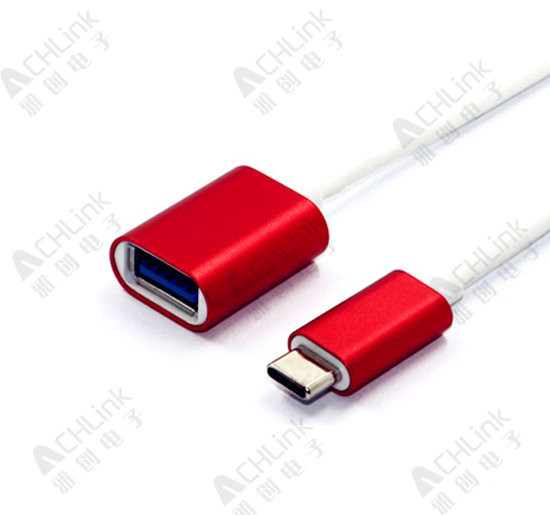Type-C suppliers tell you the difference between USB 3 and USB 2.
Date:2018-11-11 Hits:2300
While maintaining compatibility with USB 2, the new USB 3 also provides the following enhancements:
It greatly improves the bandwidth - up to 5 Gbps full duplex (USB2.0 is 480 Mbps half duplex), realizes better power management, and enables the host to provide more power for the device.
So as to realize the application of USB- rechargeable batteries, LED lighting and mini fans.
Enables the host to identify devices faster.

The new protocol makes data processing more efficient.
USB 3 can transmit large capacity files (such as HD movies) at storage rates defined by memory devices.
For example, a flash driver with USB 3.0 can transfer 1GB of data to a host in 3.3 seconds, while USB 2.0 takes 33 seconds.
Driven by the increasing demand for resolution and storage performance of consumer electronic devices, it is hoped that broadband Internet connection will enable broader media applications. Therefore, users need faster transmission performance to simplify downloading, storage and sharing of large amounts of multimedia content. USB 3 plays a crucial role in providing consumers with the simple connectivity they need.
When used in consumer devices, USB 3 will solve the problem that USB 2 is unable to identify battery free devices. The host can slowly reduce the current through USB 3.0 to identify these devices, such as mobile phones whose batteries have broken down.

